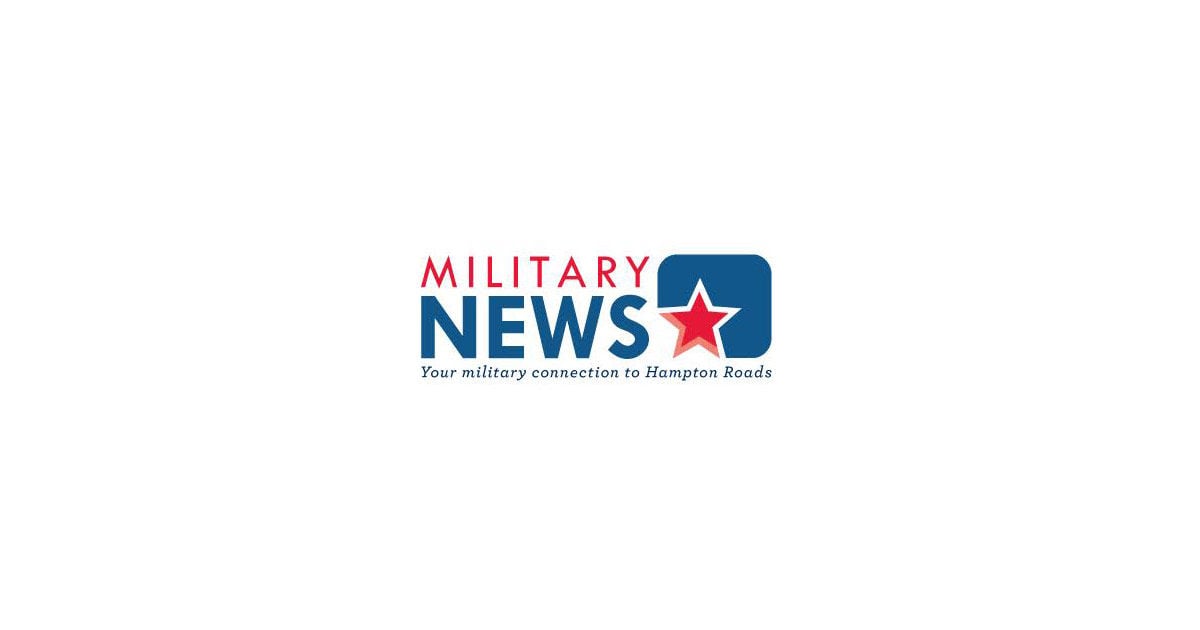
WASHINGTON, May 28, 2021 /PRNewswire/ — Microbiologists at the U.S. Naval Research Laboratory are preparing experimental samples of fungi to send for a ride around the moon tentatively scheduled for later in 2021 or early 2022.
The experiment aims to provide insight into fungi’s natural defenses against radiation, a phenomenon that could prove useful for future space exploration and sustained life in space.
“During this past year, we successfully completed the Scientific Verification Test to ensure the experiment is working in our lab, which is the first step of this project,” said Zheng Wang, NRL microbiologist and the principal investigator on this project. “Additionally, since October 2020 we have accomplished Experimental Verification Test at Kennedy Space Center, which mimics the flight environment for about two months.”
Fungi have natural mechanisms to protect from and repair DNA damage caused by radiation. Those mechanisms enable the fungi to withstand several hundred times more radiation than humans. This experiment will study the melanin in fungi (which may assist in protecting them from damage), as well as DNA repair pathways (which repair damage once it occurs). The fungus used for this experiment will be Aspergillus niger, a black mold commonly used in laboratories and industry and also one of the predominant fungi detected on the International Space Station (ISS).
“We are looking at fungi that are extremely resistant to radiation and trying to figure out why,” said Jillian Romsdahl, a microbiologist and NRC postdoctoral fellow on the project. “But we are also looking at a bigger question of how biological systems adapt to deep space, which has implications for people trying to travel to Mars or further.”
The researchers are preparing four different samples of Aspergillus niger — one wild type strain and three mutated strains that were genetically engineered in the laboratory. One mutated strain is defective in making melanin, so it can be compared to the wild type strain that does produce melanin.
The other two mutated strains will be deficient in DNA repair pathways. Wang’s group wants to know how important those DNA pathways are in protecting the fungal cells against damage caused by radiation. They also want to know if the radiation stimulates new DNA pathways not yet discovered.
During the actual experiment, the fungal samples will be stored in NASA’s Orion capsule and launched into space, where it will travel around the moon for three weeks. Once complete, NASA will return the specimens to NRL for analysis.
Researchers plan to compare the samples to look for changes to the DNA and other biomolecules. The fungal cells will undergo a thorough analysis of morphological, physiological, and chemical changes.
Long-term, researchers hope to use the knowledge gained to investigate new ways to prevent radiation damage to humans and equipment in space.
The NRL team is investigating these research questions from other angles as well. Wang’s research group was recently selected by NASA to study how melanized fungal cells adapt to Mars-like conditions using NASA’s Antarctic balloon platform. The team is also collaborating with DoD’s Space Testing Program and ISS National Laboratory to send fungal samples to the International Space Station to study how microgravity and radiation alter production of beneficial biomaterials and biomolecules.
“Fungi are great at adapting,” Wang said. “If we can harness their natural defense mechanisms, we could leverage biological systems to develop protective mechanisms for equipment or astronauts. As a DoD lab, NRL is in a great position for this. We have the facilities and the capabilities.”
Zachary Schultzhaus, a former Jerome and Isabella Karle Distinguished Scholar Fellow and another researcher on the project, said he believes it is also feasible to grow fungus in space to produce different molecules for therapeutic applications, like medicine or vitamins. Instead of carrying all of the food and medicine needed for a mission, astronauts could produce it on demand. He hopes to delve deeper into the idea once this current research project concludes.
NRL’s work on investigating the roles of melanin and DNA repair on adaptation and survivability of fungi in deep space is funded by NASA, and is scheduled to continue through 2022.
About the U.S. Naval Research Laboratory
NRL is a scientific and engineering command dedicated to research that drives innovative advances for the U.S. Navy and Marine Corps from the seafloor to space and in the information domain. NRL is located in Washington, D.C. with major field sites in Stennis Space Center, Mississippi; Key West, Florida; Monterey, California, and employs approximately 2,500 civilian scientists, engineers and support personnel.
By Cassandra Eichner, U.S. Naval Research Laboratory Corporate Communications
For more information, contact NRL Corporate Communications at (202) 480-3746 or [email protected].
View original content to download multimedia: http://www.prnewswire.com/news-releases/researchers-prepare-to-send-fungi-for-a-ride-around-the-moon-301301817.html
SOURCE U.S. Naval Research Laboratory
